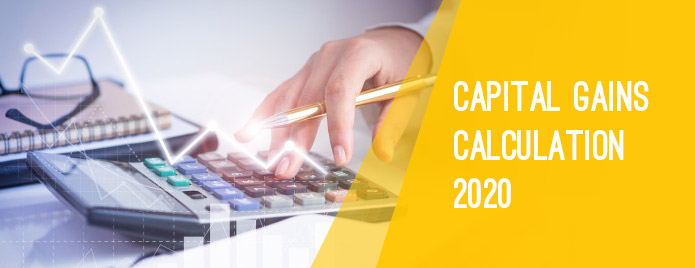
During the lifetime of the partnership, there are times when new partners join and existing partners leave or the partners reorganise and agree to a new profit-sharing ratio. All these dynamics cause partners to either acquire more interest or lose it.
Ever thought that such acquisitions and losing might have capital gains tax connotations? Now, this is a stark difference from the usual situations in which capital gain tax arises. In general, we assume that capital gains arise only when we sell a CGT asset and make a gain out of it. But, in partnership capital gain arises not only on the disposal of the asset but also on the acquisition of asset and reorganisation within the partnership.
Before moving ahead let us understand what interest in partnership means. Interest in partnership means how the partners will share the assets in a partnership, i.e. how much right they hold on the assets of the partnership business. It is generally defined by any written an agreement defining how the partners will share the assets, or how the partners will share the profits or the rules in the Partnership Act 1890 which treats all partners as having equal shares.
Situations where capital gain arises in a partnership

- Any business partnership asset is disposed of off to someone outside the partnership,
- When you retire from partnership agreement by disposing of all your interest,
- When a new partner joins in and you have to give up a part of your original interest in the partnership,
- Reorganisation within the partnership agreement,
- Upon buying a new asset from someone outside the partnership,
- Acquisition of further interest when any other existing partner leaves.
Calculation of capital gains

When it comes to partnership, the profits of the partnership business are “passed” to the partners and taxed as personal income for the partners instead of being taxable in the hands of the partnership itself. Hence this is clear that the capital gain taxes are also chargeable to tax in the hands of partners. Now the question arises how will the calculations be done in such a case?
In general, Capital Gain/loss = Sale proceeds (-) Cost of asset (-) Cost of Improvement.
A similar concept is applied while calculating the capital gain/loss in case of partnership also. However, there’s a slight difference in what sale proceeds and cost of assets shall mean when these are taxable as partners share in partnership concerns.
- Disposal/Sale Proceeds
- The asset sold to an outsider
Disposal proceeds = Actual sale proceeds less incidental costs of selling * Partner’s share in the partnership - To other partners in the partnership due to reorganisation
Disposal proceeds = Balance Sheet Value of asset * Partner’s share in the partnership
- The asset sold to an outsider
- Cost of Asset/ Cost of acquisition (COA)
- The asset sold to an outsider
If the asset was bought by the partnership:- After 31 March 1982, Cost of asset = (Original cost of buying the asset + incidental expenses for buying) * Partner’s share in the partnership
- On or before 31 March 1982, Cost of asset = (Market value of the asset at that 31 March 1982) * Partner’s share in the partnership
- To other partners in the partnership due to reorganisation Cost of asset = Balance Sheet Value of asset * Partner’s share in the partnership
- The asset sold to an outsider
CLICK HERE to understand the aforementioned capital gain calculation with examples in detail.

Tax return
In the partners’ personal tax returns they will have to calculate their own chargeable gains on disposals of partnership assets, based on their share of disposal proceeds and acquisition costs.
- They must include these CGT gains on their own tax returns and pay the tax personally.
- The CGT gains are calculated following the general rule way.
- Individual partners can claim relief for capital losses and the CGT annual exemption in accordance with their own personal circumstances.
For Partnership’s tax return, you need to fill in the Partnership Disposals of Chargeable Assets pages if the partnership disposed of any chargeable assets unless they were ‘exempt’ assets. Assets which are exempt from Capital Gains Tax include:
- motor cars
- UK government stocks and certain corporate bonds
- life assurance policies and deferred annuity contracts, unless at any time acquired for actual consideration












